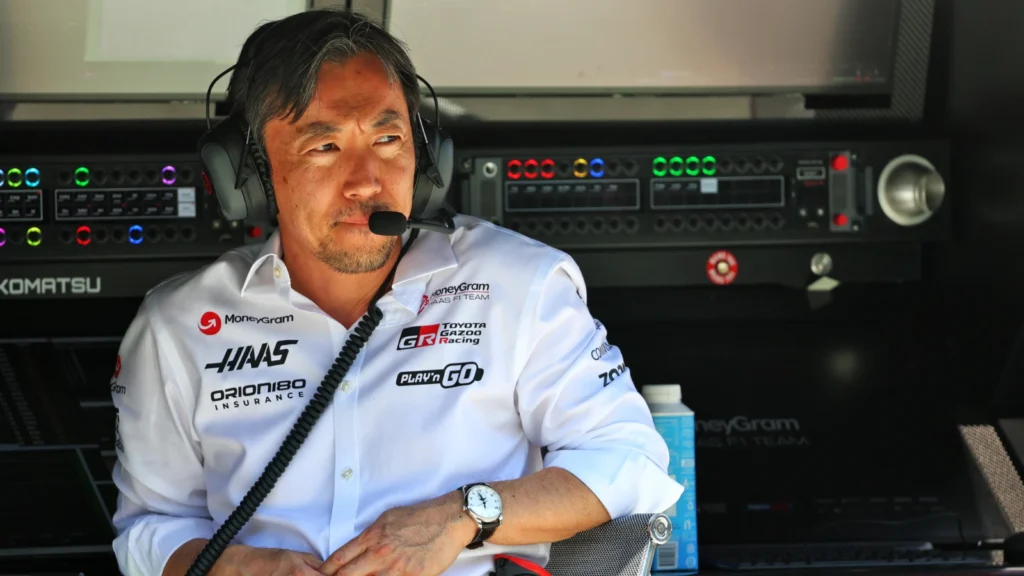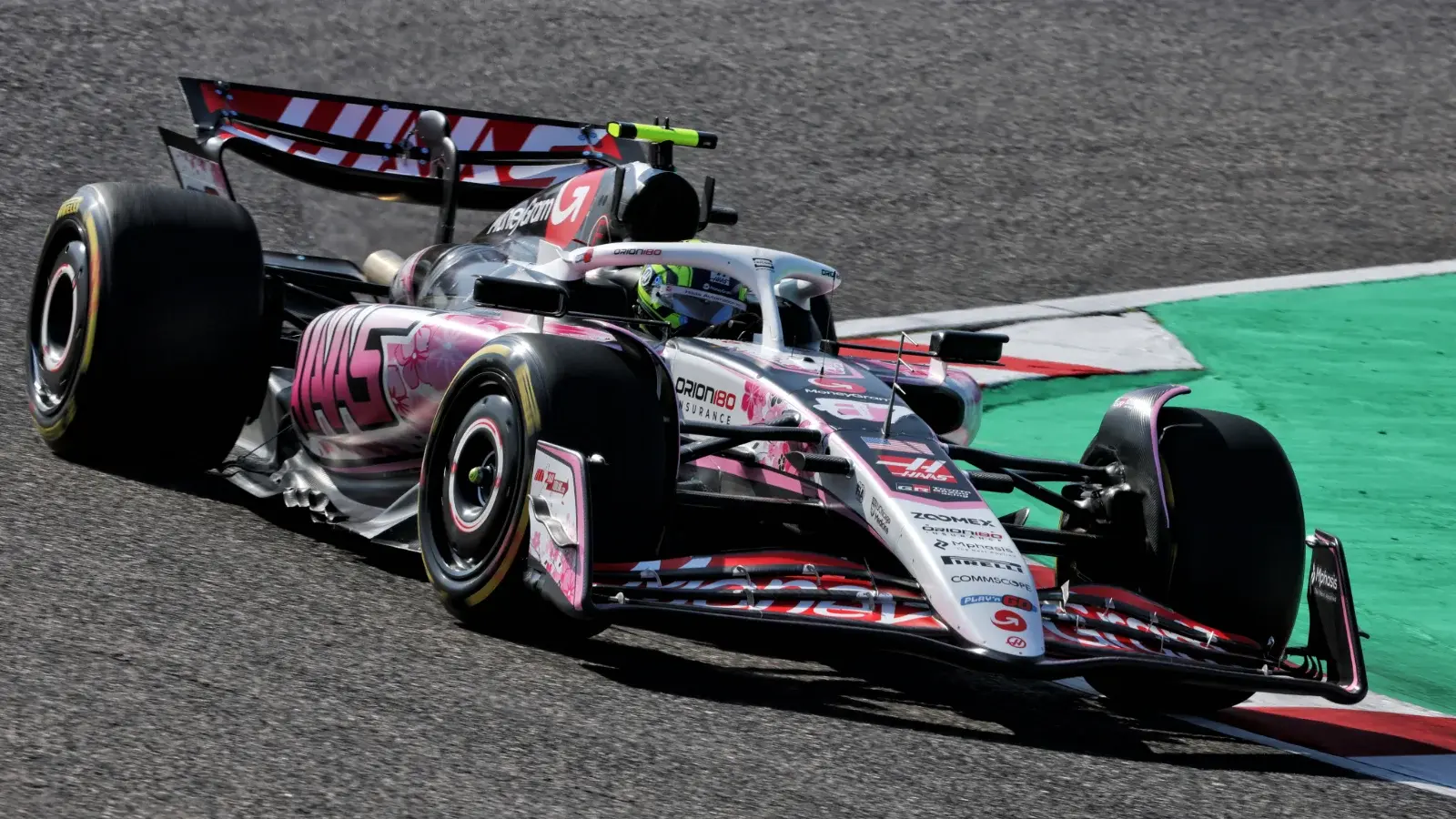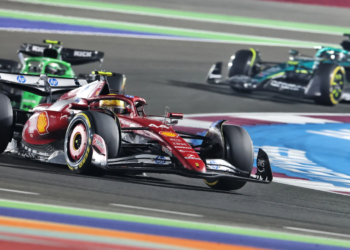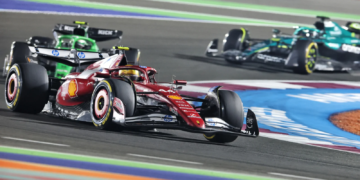Haas‘ progress after its woeful start to the 2025 Formula 1 season is partly down to what Team Principal Ayao Komatsu described as an “educated guess”.
The American squad will have justly felt reason to worry after the opening round in Australia, when both Esteban Ocon and Oliver Bearman were well off the pace.
The team’s VF-25 challenger proved to be woefully unstable in high-speed corners, a complexity discovered around the Albert Park Circuit.
The issue was not one that was easily discoverable during the early phases of testing, with the team’s wind tunnel and rolling road not showing up the problem.
A potential culprit was the design of the floor, but with little time to make a fully informed decision, Komatsu green-lit a quick tweak which eventually worked wonders.
“Simplistically, you cannot run the [current] car on the ground, in the wind tunnel, because you’re going to break the belt – but also, certain conditions, you cannot replicate in the wind tunnel,” Komatsu explained to media including Motorsport Week.
“We have a metric to assess those things, which we thought was good, because last year we didn’t drive into the problem.
“But many other teams drove into the problem last year because they were a bit ahead of our metric.
“And, until I think you see the problem, you’re not going to know.
“So the specific issue we had, we just didn’t have the methodology to predict it through CFD and then to assess the wind tunnel result correctly.
“Once we saw the real issue in Melbourne, then we had to literally step back every single thing we’ve done in the development from the end of the VF-24 to the VF-25 and then trying to see ‘OK, let’s say if you draw this threshold here with the metric, it’s OK up until this point’ – but clearly that was wrong.”

Suzuka ‘hypothesis’ luckily paid dividends for Haas
Komatsu said that once the problem was, to some extent, understood by the team, work was put in place to rectify it as early as the Japanese Grand Prix, two rounds later.
“So in terms of the metric itself we are looking at, it wasn’t good enough, but also the threshold was too aggressive,” he explained.
“So once you understand that one thing, it was how can we then modify the car to reduce that effect, which we did a first step in Suzuka.
“It was, I wouldn’t say stab in the dark, it was an educated guess, but like I said back then we didn’t have time to wind tunnel test it. We looked at everything, we thought ‘OK, with our best understanding, we think this is the issue’.”
Whilst both cars scored points in China, with the original design before Japan, the track layout enabled the positive elements of the car to be shown.
But Bearman’s point-scoring 10th-place finish at Suzuka gave Komatsu the reassurance he needed to know that the guesswork was, as it turned out, correct.
“We did two things for Suzuka, and then we put that part in the wind tunnel later on retrospectively, and we saw that it improved,” he continued.
“It was a hypothesis, but of course until we started running in Suzuka we didn’t know. What I was really pleased about was we were actually right: that the assumption was right, the educated guess was right.
“That gave us confidence that we can keep improving this condition for the next development, which was Imola. It may not have increased our absolute pace that much, but certainly made the car more robust against that kind of condition.
“Then you can really think about putting more performance on the car, which is what you saw in Silverstone.”
READ MORE – How Nico Hulkenberg helped Haas discover harmony with new F1 driver line-up










Discussion about this post